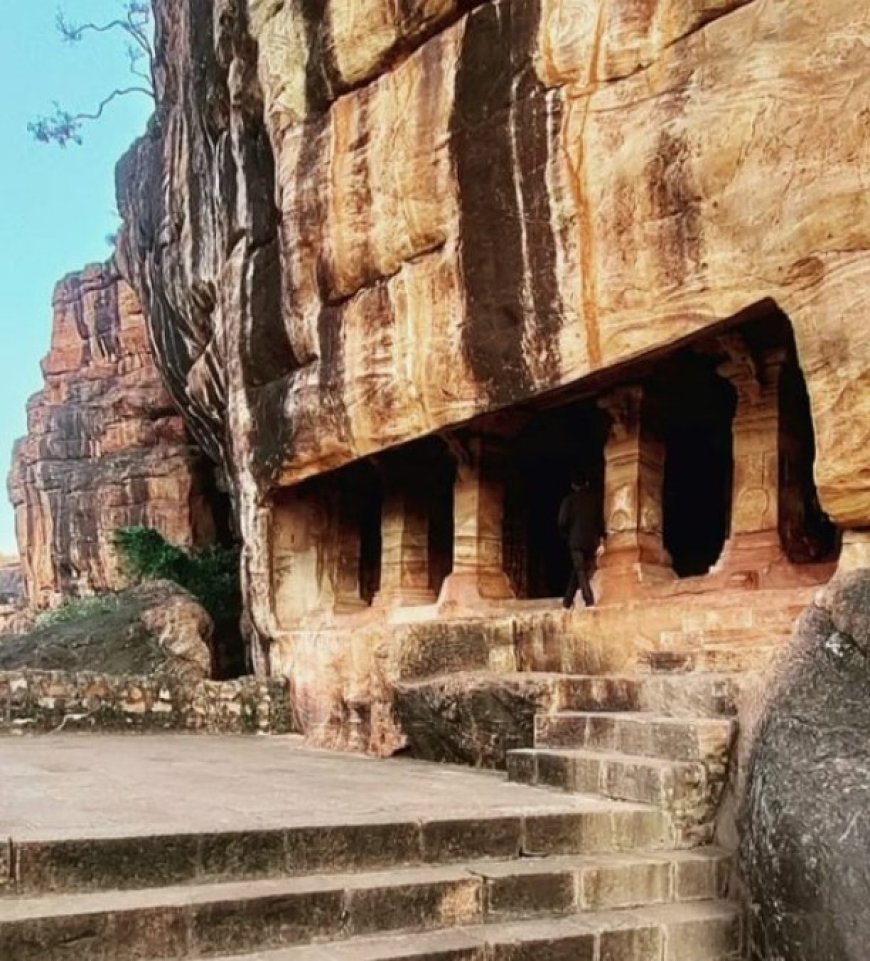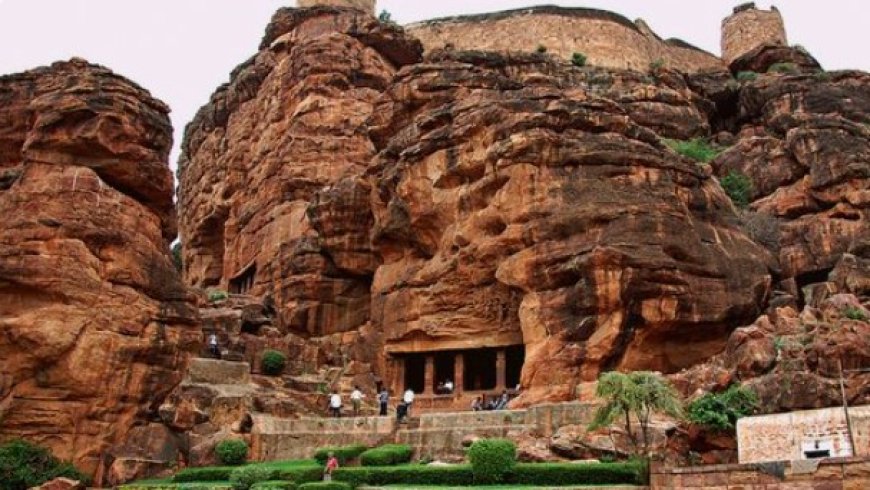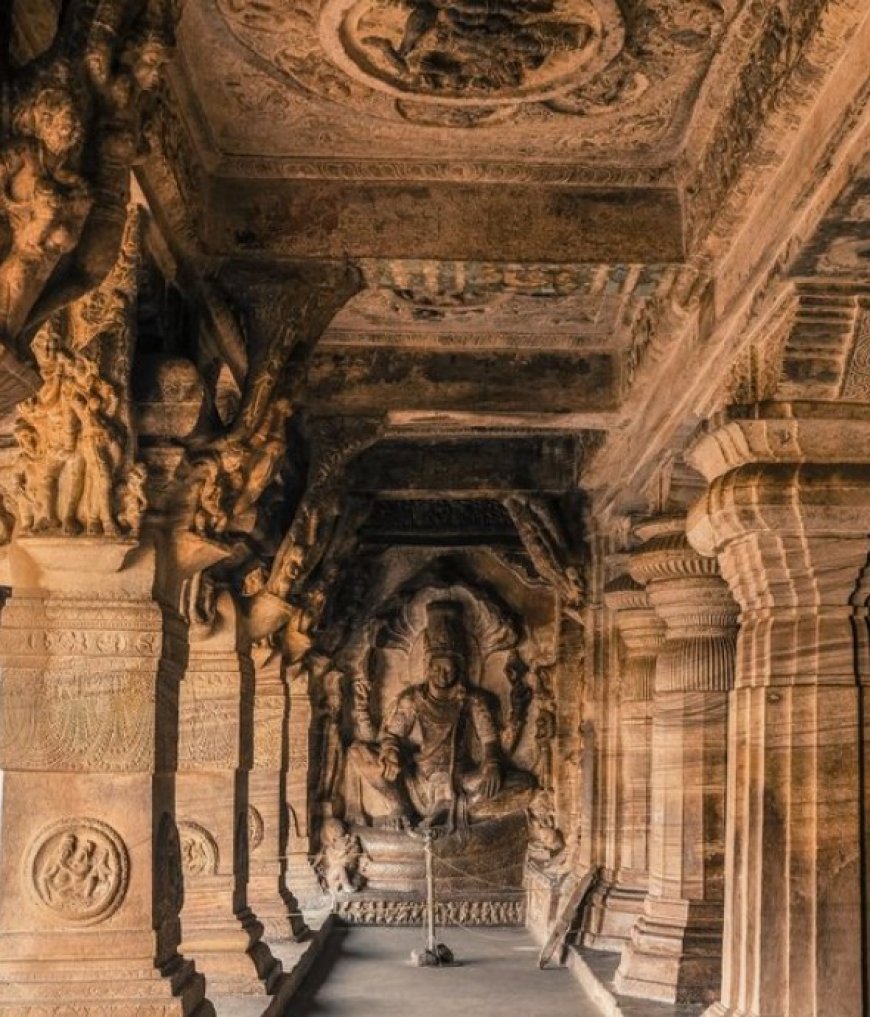Badami Caves: A Glimpse into Ancient Indian Rock-Cut Splendor
Ancient rock-cut temples in Karnataka's Badami, dating 6th-7th century, dedicated to Hindu and Jain deities. Intricate carvings showcase religious scenes, reflecting India's heritage.

The Badami Caves, located in the Indian state of Karnataka, are a complex of ancient rock-cut temples and sculptures carved into the sandstone cliffs. Dating back to the 6th and 7th centuries, these caves hold significant historical and architectural importance. There are four main caves in Badami, each dedicated to a different deity of Hinduism and Jainism.

Carved out of the red sandstone hills, the caves are a remarkable example of Indian rock-cut architecture. They showcase intricate carvings, sculptures, and intricate details that depict various mythological and religious scenes. The first three caves are dedicated to Hindu deities – Cave 1 features Lord Shiva, Cave 2 Vishnu, and Cave 3 is dedicated to the benevolent aspects of Shiva.

Cave 4, on the other hand, is a Jain cave temple, adorned with images of Jain Tirthankaras and scenes from Jain mythology. The architecture and artistry of the Badami Caves reflect the prevalent architectural styles of the time and offer insight into the cultural and religious diversity of ancient India.

Visitors to the Badami Caves can marvel at the skillful craftsmanship that brought these structures to life and gain a deeper understanding of the historical and spiritual context in which they were created. The caves are not only a visual delight but also a testament to the artistic and architectural achievements of ancient India, making them a significant destination for history enthusiasts, archaeologists, and tourists alike.









































































































































































































